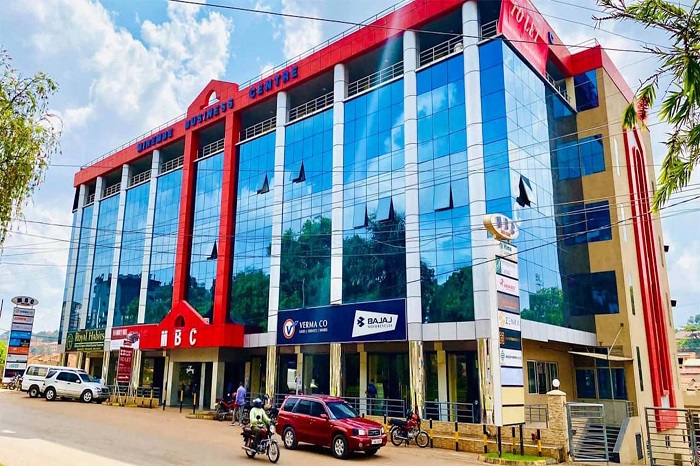
HABARI DAILY I Kampala, Uganda I Uganda’s prime residential market exhibited a slowdown in performance in H1 of 2024, marked by a low volume of sales and lettings and a minimal 1% decrease in occupancy levels compared H1 2023. According to the “Kampala Property Market Performance Review,” recently issued by Knight Frank, the sluggish start witnessed at the start of the year persisted throughout the half year. In the period under review.
“The market was strained, with supply outstripping demand, thus creating a buyer’s market. The increased residential properties supply was on account of stock from the development pipeline. There was off-loading properties through auctions and repossessions by banks and other credit institutions as well as individuals and companies disposing off properties to cater for their liquidity needs,” reads part of the review.
It further says that the tight monetary conditions (CBR increased to 10.25%, the highest since May 2017), high interest rates (averaging 20.8%), and high inflation levels have affected disposable incomes negatively, and created a credit squeeze.
“The credit squeeze has led to a slow market performance worsened by the buyer’s indecisiveness due to numerous options,” further reads the report, adding that the average prime monthly rents for 2- and 3-bedroom apartment units in the review period remained stable compared to H1 2023, while occupancy levels declined marginally from 82% to 81%.
Old, detached houses / re-development plots in the prime residential areas continue to be demolished and replaced with modern apartment blocks.
Knight Frank further said that developers are taking advantage of economies of scale from the densification of brownfield sites with multi-let units, increased rental incomes, and shared operational costs.
“This trend has been observed in the prime areas of Nakasero and Kololo, where new developers are debuting in high-density residential developments. This trend has created a gap in the market for the supply of stand-alone houses, with tenants looking for stand-alone houses turning to the secondary residential areas of Mbuya, Munyonyo, Muyenga, and Bugolobi, among others,” it says.The review further stated that demand for prime residential units continues to be driven by the expatriate community working in Uganda and Ugandans in the diaspora.
“There is a noticeable preference for 2 and 3-bedroom apartment units and standalone houses respectively. Naguru, Kololo, Nakasero, Mbuya, and Bugolobi dominate as the preferred prime residential areas.”
However, there has been increased interest in Lubowa, Kigo, and Muyenga areas. “The increased interest is from developers looking to set up gated communities to compete against the continued supply of apartments in Kololo,” further says the report.
It pointed out that demand for prime residential units continues to be driven by the expatriate community working in Uganda and Ugandans in the diaspora




